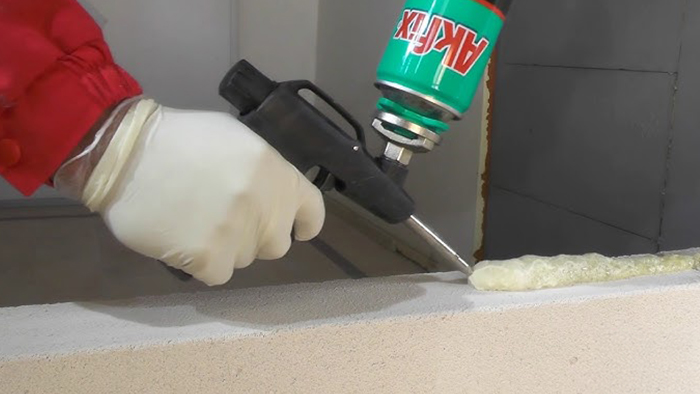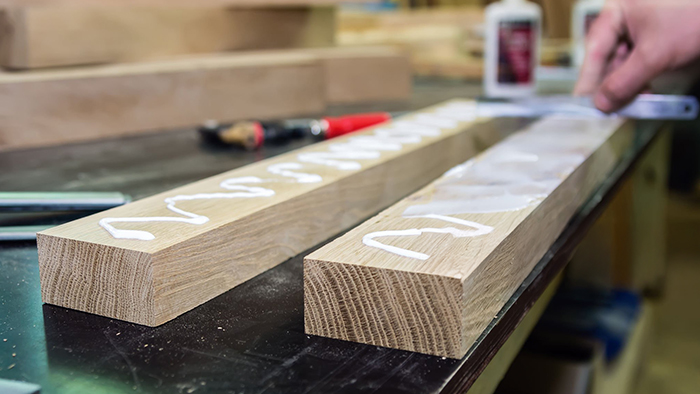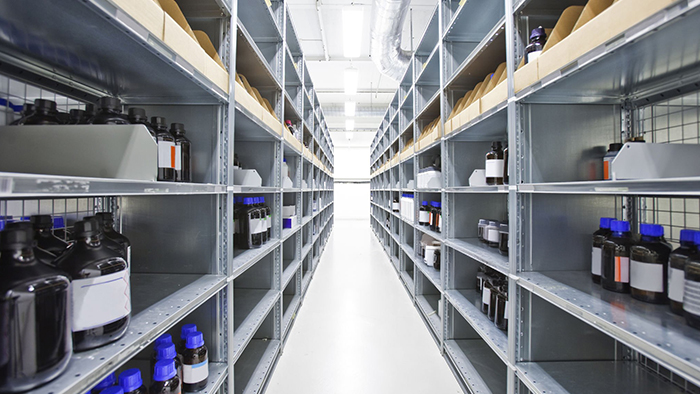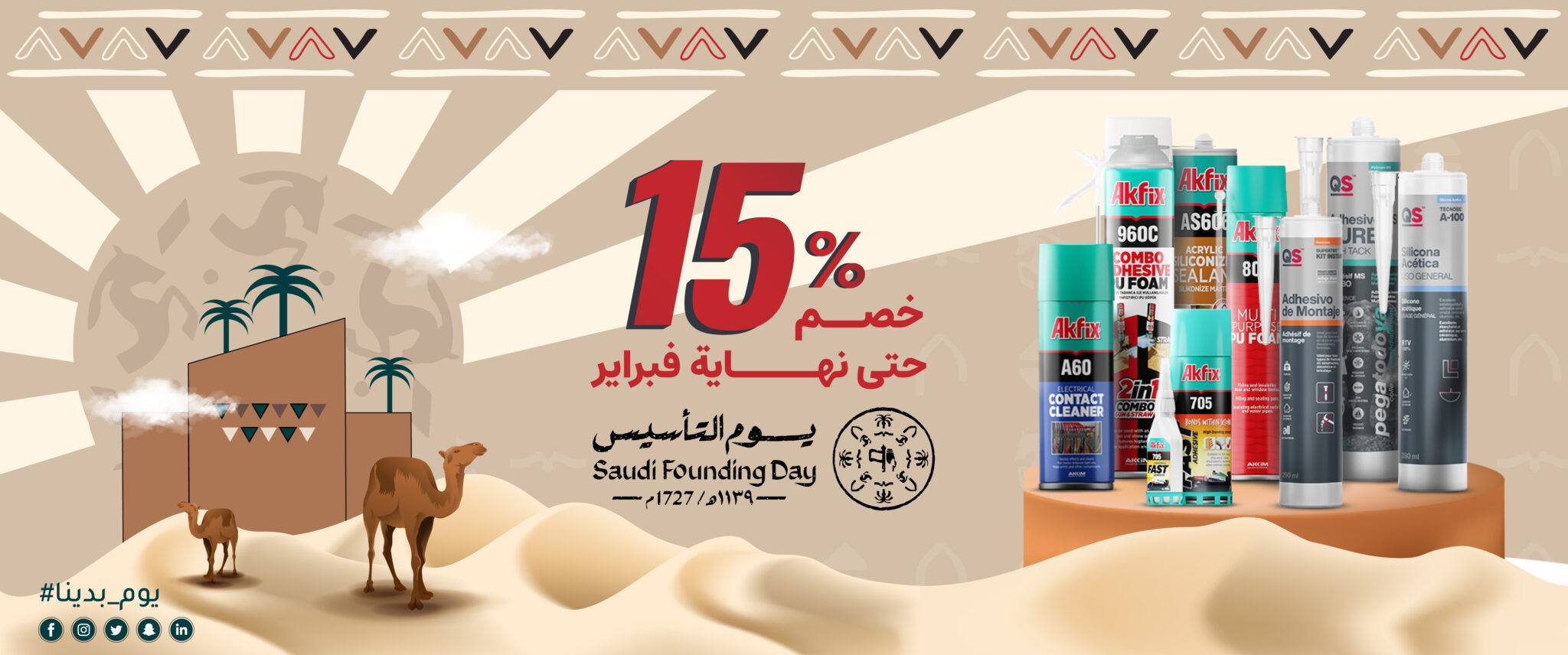The best methods for storing adhesives and ensuring their effectiveness
Adhesives, sealants, foams, and spray-based fixatives, including fire-resistant materials, are essential products that are indispensable in many industries and home projects. However, to ensure their effectiveness and quality throughout their usage period, they must be stored properly according to the specific instructions for each type.In this article, we will discuss how to store these materials correctly to maintain their effectiveness. Choosing a Suitable Storage Location The first step to ensuring the effectiveness of adhesives and sealants is selecting an appropriate storage location. It is preferable to choose a dry and cool place, away from moisture and excessive heat, as these conditions can degrade the materials, making them less effective. Avoiding Direct Sunlight It is important to avoid storing adhesives and sealants under direct sunlight. Exposure to ultraviolet rays can damage their chemical compounds and affect their ability to adhere or seal properly. Keeping Containers Tightly Sealed Ensure that containers are tightly sealed when not in use. Leaving containers open can lead to the evaporation of liquid chemicals or drying out, reducing their effectiveness. Storing Sprays and Aerosols Safely When storing adhesives in spray or aerosol form, they should be kept away from flames or heat sources, as they may be flammable. Checking Expiration Dates Every adhesive or sealant has an expiration date that should be observed. Using materials past their expiration date may result in reduced performance or complete ineffectiveness. Storing Fire-Resistant Materials Fire-resistant materials should be stored in a cool, dry place, away from direct fire sources or harsh environmental conditions that could affect their quality. Storing Foams Properly Foams usually come in pressurized containers and should be stored upright. Avoid exposing them to heat or very low temperatures. It is also advisable to store them away from flammable materials to reduce the risk of explosion or leakage. Separating Different Materials During Storage It is always preferable to store different materials, such as adhesives, foams, sealants, and spray-based fixatives, separately from each other, especially if they contain chemicals that may react with one another. Keeping Materials in Their Original Containers Materials should be kept in their original containers as much as possible to avoid contamination or degradation due to reactions with external substances. Original containers often include important storage instructions. Avoiding Storage Near Electrical Appliances Avoid storing adhesives and sealants near electrical appliances or materials that may react electrically. Some materials may be reactive to electricity or generate sparks that could lead to explosions or fires. Translation into English: Choosing a Suitable Storage Location The first step to ensuring the effectiveness of adhesives and sealants is selecting an appropriate storage location. It is preferable to choose a dry and cool place, away from moisture and excessive heat, as these conditions can degrade the materials, making them less effective. Avoiding Direct Sunlight It is important to avoid storing adhesives and sealants under direct sunlight. Exposure to ultraviolet rays can damage their chemical compounds and affect their ability to adhere or seal properly. Keeping Containers Tightly Sealed Ensure that containers are tightly sealed when not in use. Leaving containers open can lead to the evaporation of liquid chemicals or drying out, reducing their effectiveness. Storing Sprays and Aerosols Safely When storing adhesives in spray or aerosol form, they should be kept away from flames or heat sources, as they may be flammable. Checking Expiration Dates Every adhesive or sealant has an expiration date that should be observed. Using materials past their expiration date may result in reduced performance or complete ineffectiveness. Storing Fire-Resistant Materials Fire-resistant materials should be stored in a cool, dry place, away from direct fire sources or harsh environmental conditions that could affect their quality. Storing Foams Properly Foams usually come in pressurized containers and should be stored upright. Avoid exposing them to heat or very low temperatures. It is also advisable to store them away from flammable materials to reduce the risk of explosion or leakage. Separating Different Materials During Storage It is always preferable to store different materials, such as adhesives, foams, sealants, and spray-based fixatives, separately from each other, especially if they contain chemicals that may react with one another. Keeping Materials in Their Original Containers Materials should be kept in their original containers as much as possible to avoid contamination or degradation due to reactions with external substances. Original containers often include important storage instructions. Avoiding Storage Near Electrical Appliances Avoid storing adhesives and sealants near electrical appliances or materials that may react electrically. Some materials may be reactive to electricity or generate sparks that could lead to explosions or fires.



